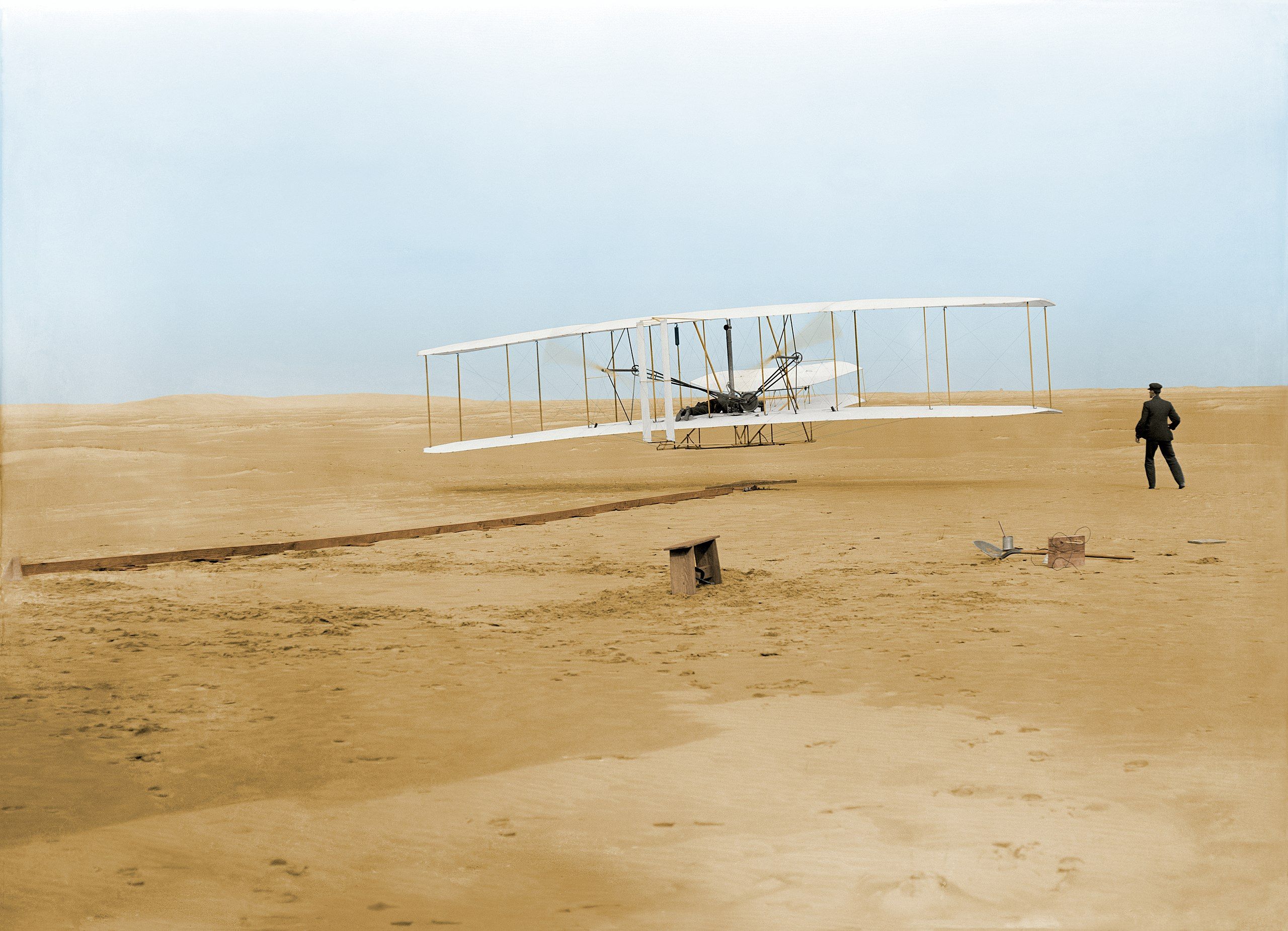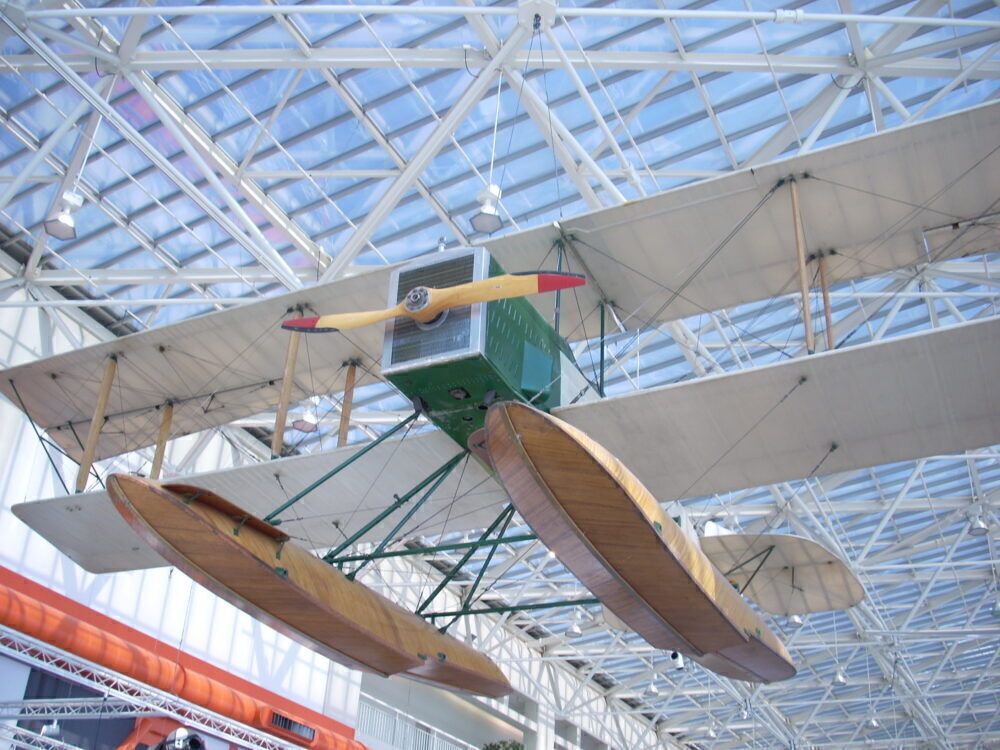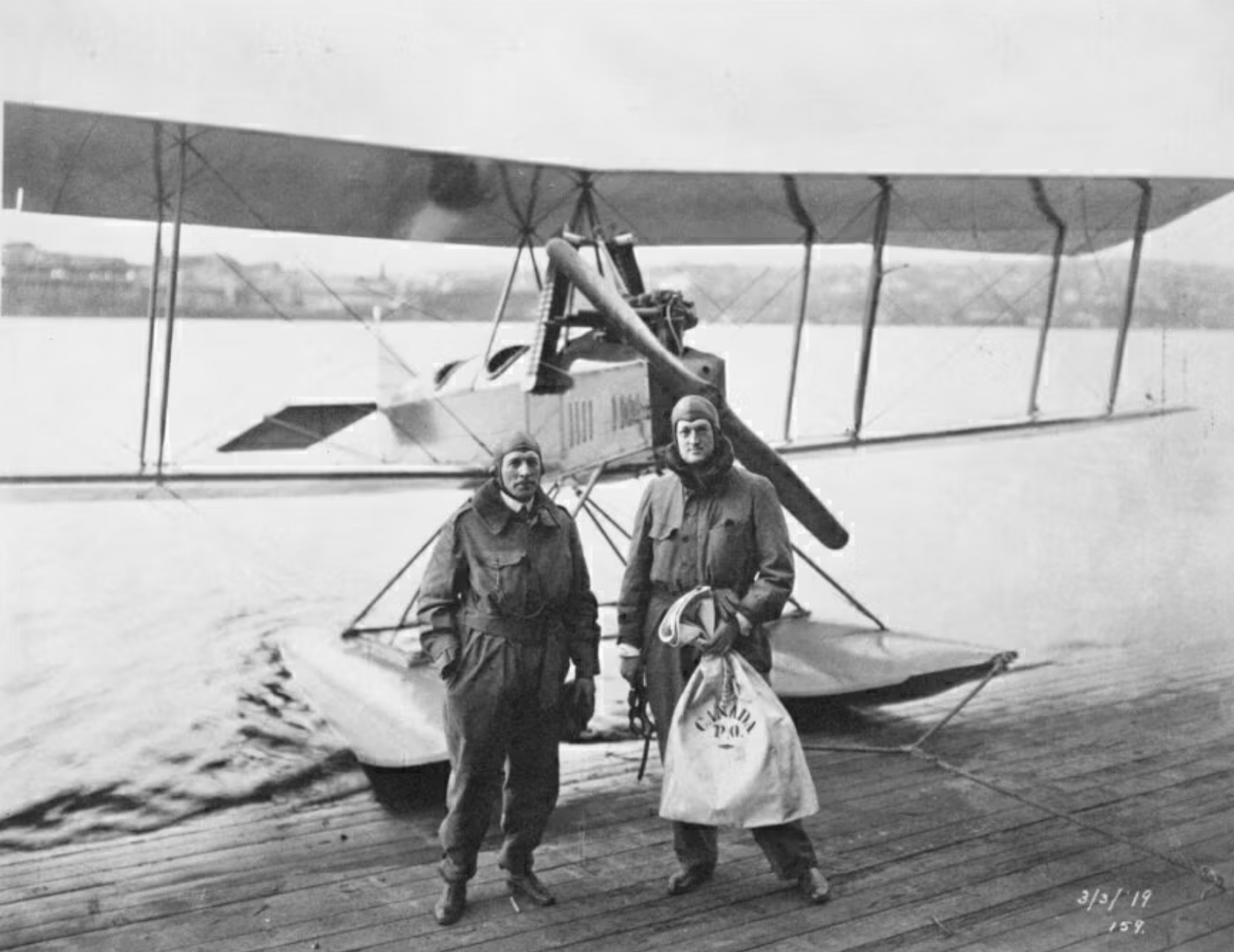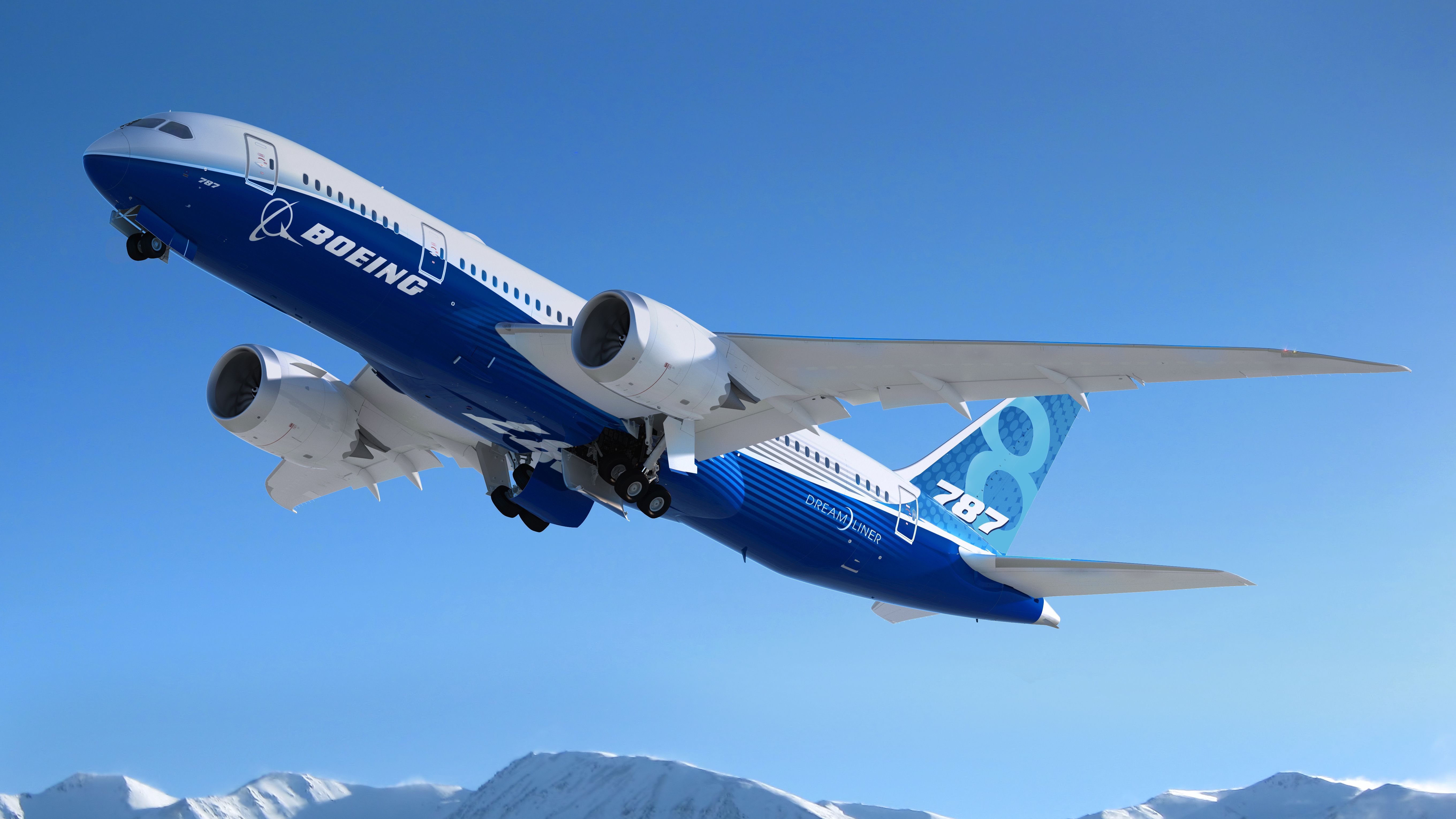Summary
- William E. Boeing founded the Boeing Company 105 years ago, incorporating Pacific Aero Products and starting the origin story of the company.
- The company’s first military contracts came during World War I, with orders for the Boeing Model C airplane and the HS-2L patrol flying boat.
- Boeing’s first international sales were the aircraft Bluebell and Mallard, sold to New Zealand. The company went on to become a major player in the aviation industry, despite competition from Airbus.
October 1st was William E. Boeing’s birthday. As we remember this legend in air transport, let’s take a look at how his name became synonymous with the industry.
All great stories have a beginning. Companies, in particular, have a very clear, at least formal, commencement. One hundred and five years ago, as aviation transitioned from potential to reality, Mr Boeing put ink to paper and incorporated Pacific Aero Products. This is the origin story of the Boeing Company.
Thirteen years after the first crewed flight
On July 15th, 1916, in Seattle, Washington, the first step was taken towards what was to become, over a century later, one-half of the world’s duopoly of aircraft manufacturers. Thirteen years earlier, the Wright brothers had successfully completed the first crewed flight in North Carolina.
Six years before its founding, in 1910, a 29-year-old timber merchant named William Edward Boeing had visited the first Los Angeles International Air Meet and became passionate about aviation and its potential. In 1915, at another air show, Mr Boeing took his very first plane ride onboard a Curtiss seaplane. Later that year, he built a hangar next to Lake Union in Seattle.
Bluebell and Mallard – the first international sales
Shortly thereafter, together with US Navy officer and engineer Conrad Westervelt, he designed a single-engine biplane called the Boeing Model 1. This was also known as the ‘B & W Seaplane’ from the initials of its creators.
Boeing himself took the first plane, named Bluebell, on its maiden flight on June 15th, 1917. It was sold to New Zealand one year later, along with Mallard, the second of its kind.
The first military contracts
At first, Mr Boeing named his endeavor the Pacific Aero Products Company and incorporated it for $100,000. He then bought 998 of the 1,000 stocks issued at its incorporation. However, the name did not last long, and the company changed it to Boeing Airplane Company one year into its existence.
In July 1917, a few months after the US had entered World War I, the Navy ordered 50 units of the Boeing Model C airplane. All were built and delivered by November of the following year. The company hired engineers, among them Clairmont L. Egtvedt and Philip G. Johnson, recent graduates who would both go on to become presidents of the company.
Another major military contract followed for 50 of the HS-2L, a patrol flying boat designed by Curtiss. However, this was cut in half when World War I came to an end in November 1918. The civilian need for aircraft was filled by idle military planes, and so Boeing began making furniture and ‘sea sled’ boats to stay afloat.
Photo: Boeing
BB-1 second international alumni
The first Boeing-designed commercial aircraft, the Boeing Model 6-B1, took its first flight on December 27th, 1919. It was followed by the BB-1 seaplane in January the following year. The BB-1 was sold to Canada, marking the company’s second international deal.
In parallel to events in Seattle, the other parts of what was to become the behemoth planemaker as we know it were taking shape. In 1921, the first aircraft wholly designed and built by the Davis Douglas Company, named the Cloudster, took to the skies for the first time in California.
Meanwhile, James Smith McDonnell formed J.S. McDonnell & Associates in Milwaukee in 1926. While his ideas of producing personal aircraft for family use came to naught due to the Great Depression, in 1938, he left manufacturer Glenn L. Martin to set up the McDonnell Aircraft Corporation in Missouri. It did very well as a result of WWII.
The two companies merged in April 1967 to form McDonnell Douglas. It wasn’t until 1996 that Boeing acquired its long-time rival, turning two major aviation players into one giant entity. However, that is a story for another time.
A century later
Boeing has now produced over 10,000 aircraft and boasts approximately 35,000 employees across its departments worldwide. Despite significant challenges, such as the Boeing 737 MAX saga and the downturn of the pandemic, the company is showing no signs of stopping its stronghold of the industry.
Nonetheless, after edging out its competition over the decades, Boeing now shares the commercial aviation stage with Airbus. The European airplane manufacturing giant introduced its first commercial aircraft in 1974, and the pair rival each other well in terms of modern aircraft orders.
Notably, Airbus’ deliveries were 38% higher than Boeing’s last year. It also pipped its competitor by 6% when it came to net orders. Still, Boeing has proved its ability to adapt to market conditions and remain a force throughout the industry. This determination all started with William E. Boeing’s passion for flight in the early 20th century.
What are your thoughts about Boeing’s founding? What do you make of the overall history of the company? Let us know what you think of the planemaker’s journey in the comment section.





